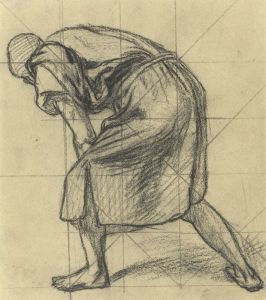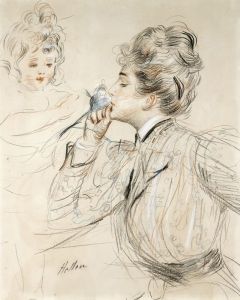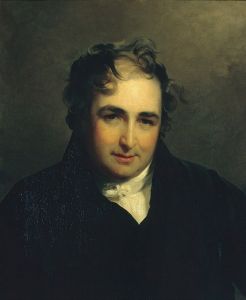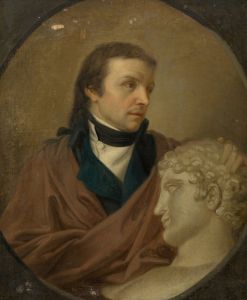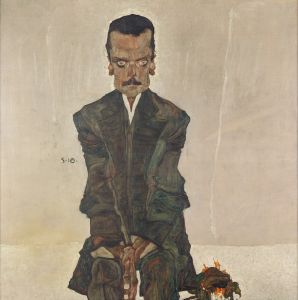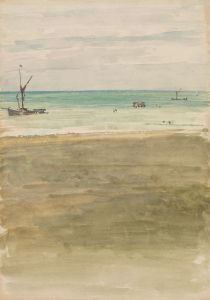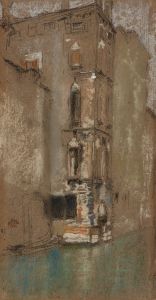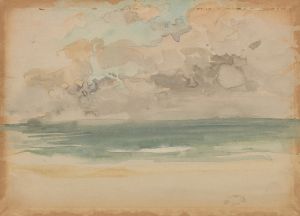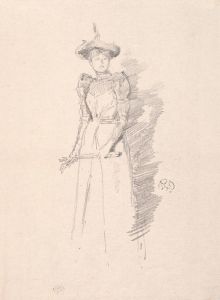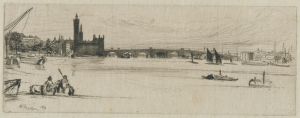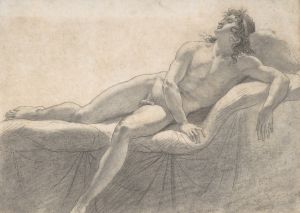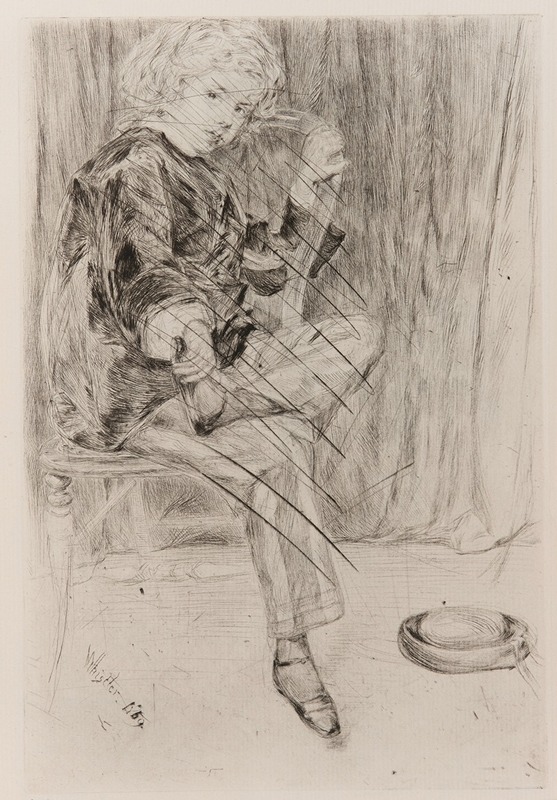
Arthur Haden
A hand-painted replica of James Abbott McNeill Whistler’s masterpiece Arthur Haden, meticulously crafted by professional artists to capture the true essence of the original. Each piece is created with museum-quality canvas and rare mineral pigments, carefully painted by experienced artists with delicate brushstrokes and rich, layered colors to perfectly recreate the texture of the original artwork. Unlike machine-printed reproductions, this hand-painted version brings the painting to life, infused with the artist’s emotions and skill in every stroke. Whether for personal collection or home decoration, it instantly elevates the artistic atmosphere of any space.
James Abbott McNeill Whistler was an American artist active during the late 19th century, known for his contributions to the Aesthetic Movement and his innovative approach to portraiture and landscape painting. Among his numerous works, "Arthur Haden" is a notable portrait that reflects Whistler's distinctive style and artistic philosophy.
The portrait "Arthur Haden" depicts Whistler's brother-in-law, Francis Seymour Haden, who was a prominent surgeon and an accomplished etcher. However, there seems to be a confusion in the title as "Arthur Haden" does not correspond to a known individual directly associated with Whistler's documented works. It is possible that the title might be a misnomer or a lesser-known work that has not been extensively documented in art historical records.
Whistler's portraits are characterized by their emphasis on mood and atmosphere rather than detailed realism. He often employed a limited color palette and focused on the harmony of tones, a technique that is evident in his most famous work, "Arrangement in Grey and Black No. 1," commonly known as "Whistler's Mother." This approach is likely reflected in his other portraits, including those of family members and acquaintances.
Whistler's relationship with Seymour Haden was complex, marked by both collaboration and conflict. The two shared an interest in etching, and Whistler was influenced by Haden's technical skills. However, their relationship eventually soured due to personal and professional disagreements. Despite this, Whistler's portraits of Haden and other family members remain significant for their insight into his personal life and artistic development.
Whistler's artistic philosophy was heavily influenced by the Aesthetic Movement, which prioritized beauty and visual harmony over narrative content. He famously advocated for "art for art's sake," a principle that guided his approach to painting and portraiture. This philosophy is evident in his use of subtle tonal variations and his focus on the overall composition rather than intricate details.
In addition to his portraits, Whistler was known for his innovative use of color and form in his landscapes and cityscapes. His "Nocturnes," a series of paintings depicting nighttime scenes, are celebrated for their atmospheric quality and abstract composition. These works further demonstrate Whistler's commitment to the aesthetic principles that defined his career.
While specific information about the painting titled "Arthur Haden" is limited, it can be understood within the broader context of Whistler's oeuvre. His portraits, whether of family members or other subjects, consistently reflect his dedication to capturing the essence of his subjects through a harmonious balance of color and form.
Whistler's legacy as an artist is marked by his influence on both American and European art. His innovative techniques and commitment to aesthetic principles paved the way for future movements, including Impressionism and Modernism. Today, his works are held in major collections around the world, and he is remembered as a pivotal figure in the transition from traditional to modern art.





